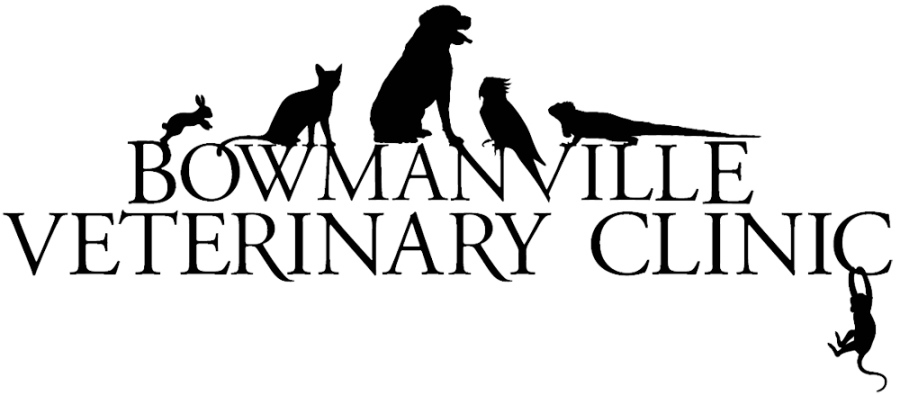A dog or cat is classified as overweight when they weigh more than 10% of their ideal body weight; they are obese when they weigh more than 20%. Animals can be predisposed to obesity from a variety of factors, including genetics, neutering and endocrine disorders, but the most common cause of obesity is energy imbalance. Put simply, animals are often fed too much and exercised too little.
Cats and dogs that are obese have reduced quality of life and their life-expectancies can be greatly shortened. Furthermore, obese pets are at higher risk for many disorders, including:
- Cardiac disease
- Respiratory disease
- Osteo-articular disease
- Urolithiasis (urinary stones)
- Diabetes mellitus
The problem with obesity is that it is not a curable condition. It is a chronic concern that will affect that pet’s entire life. An overweight animal can’t just start a diet, loose a few pounds and then go back to eating lots and exercising less. Obesity will recur, and many weight-loss programs must be maintained for life to keep an animal in ideal body condition.
In animals that are obese, simply cutting back on the current diet is not enough. Maintenance or even weight-control diets are not properly formulated for weight-loss. Severe restrictions of these diets can result in vitamin and mineral deficiencies, not to mention hungry pets. To achieve healthy weight loss, animals need correctly-formulated calorie-controlled diets that make an animal feel full so there is less begging or food-stealing, which can be a hiccup in most weight-loss plans. Proper exercise is also very important and needs to go hand-in-hand with proper nutrition.
This may sound very complicated. Not to worry – this is why your veterinarian is here. We have access to all the latest research in nutrition, plus special diets that have been put through rigorous testing and formulating – and that we have seen WORK to achieve weight loss. We would love to help, and celebrate the victories with you!
Vanessa Tonn, DVM
Bowmanville Veterinary Clinic




